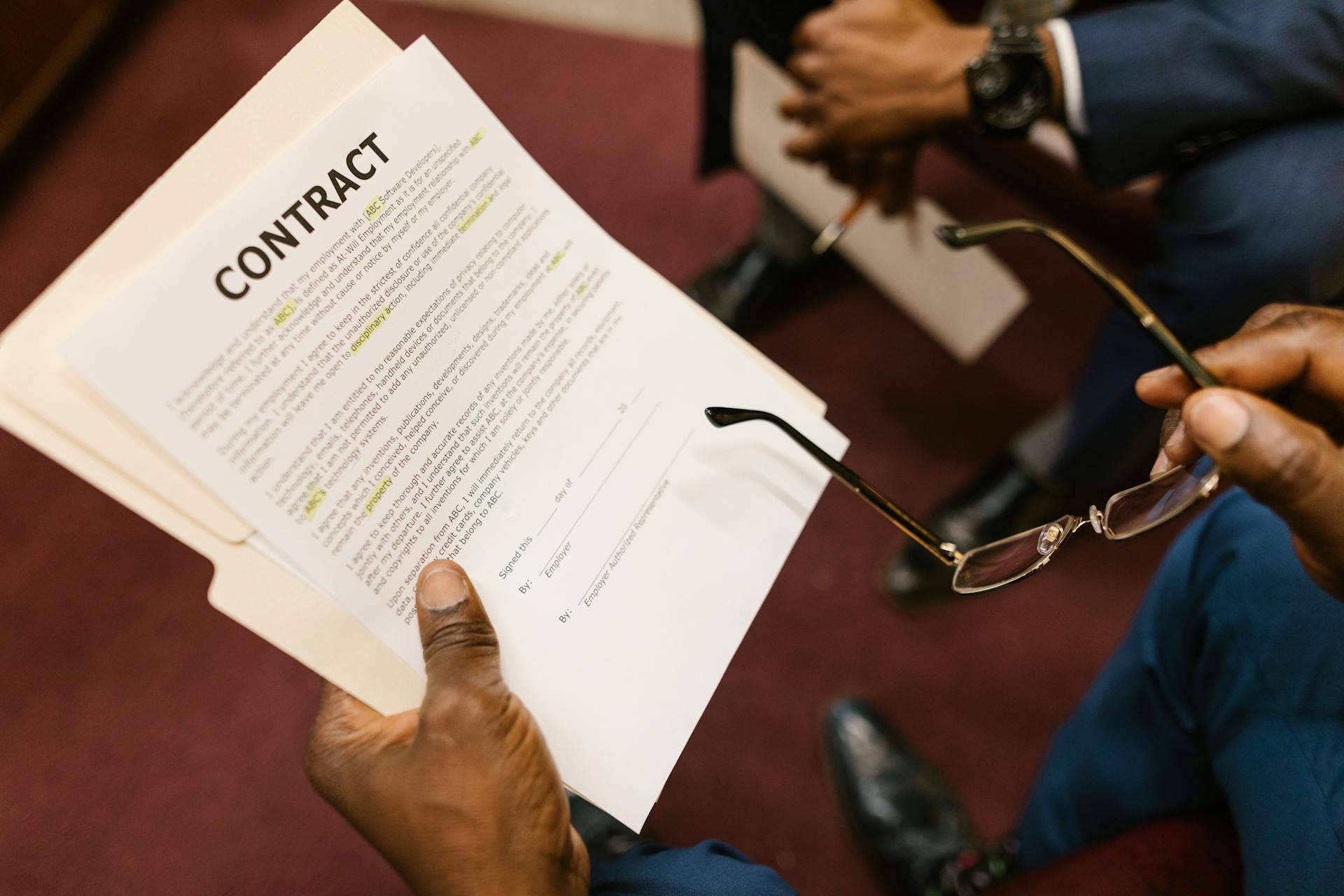
SPFs are a crucial part of our daily sun protection routine, but have you ever wondered what the numbers actually mean?
SPF stands for Sun Protection Factor, and it measures how well a sunscreen protects against ultraviolet B (UVB) rays, which are a primary cause of sunburn.
The American Academy of Dermatology recommends using a broad-spectrum sunscreen with an SPF of at least 30, which filters out about 97% of UVB rays.
Most sunscreens have an SPF of 15, 30, or 50, but what's the difference between them?
What SPF Means
SPF stands for Sun Protection Factor, a measure of how well a sunscreen protects the skin from sunburn. It's a formula that determines the fraction of Ultra Violet B (UVB) rays that will reach the skin.
The term SPF was introduced by Austrian chemist Franz Greiter in 1974 as part of his sunscreen brand Piz Buin. Since then, it's become a standard measure of sun protection.
In simple terms, SPF measures how many times longer you can stay in the sun without getting burned compared to not using sunscreen.
What Is SPF?
SPF is a measure of how well a sunscreen protects your skin from the sun. It's a standard way to determine how long you can stay in the sun without getting burned.
The term 'Sun Protection Factor' or SPF was actually introduced by an Austrian chemist named Franz Greiter in 1974. He was the founder of the sunscreen brand 'Piz Buin'.
SPF measures the fraction of Ultra Violet B (UVB) rays that will reach your skin. This is what determines how well a sunscreen protects you.
You can think of SPF as a multiplier that tells you how many times longer you can stay in the sun compared to not using sunscreen.
UVA vs. UVB Rays
SPF only indicates the level of protection against the sun's ultraviolet B rays, which are called UVBs for short.
UVB rays were initially thought to be the only UV rays to worry about, since they are shorter in length and cause sunburn.
Ultraviolet A (UVA) rays also pose risks, aging the skin and contributing to skin cancer.
SPF alone does not protect against UVA rays.
Choosing the Right SPF
SPF 30 should provide adequate sun protection for most people when used properly.
Applying a shot-glass amount of sunscreen 15 minutes before going outside and reapplying it every two hours and after swimming is key.
However, few people use sunscreen correctly, so SPF 100 might be a better choice for those who tend to forget to reapply sunscreen regularly.
Under typical-use conditions, research shows SPF 100 provides significantly more protection against sunburn than SPF 50.
Understanding SPF Ratings
SPF ratings are a crucial part of protecting your skin from the sun, but have you ever wondered what they really mean? The American Academy of Dermatology recommends using a sunscreen with an SPF of 30 or higher, but what's the difference between SPF 30 and SPF 50?
The difference between SPF 30 and SPF 50 is relatively small, with SPF 50 offering only 1.3% more protection. This is because both SPF 30 and SPF 50 allow 2% and 1% of UVB rays to reach the skin, respectively. In other words, SPF 50 is not twice as protective as SPF 30.
Here's a breakdown of the protection offered by different SPF ratings:
As you can see, the protection offered by higher SPF ratings does increase, but the difference becomes smaller. For example, SPF 50 offers only 1% more protection than SPF 30, while SPF 100 offers only 1% more protection than SPF 50.
The key takeaway is that while higher SPF ratings do offer more protection, the difference becomes smaller as the ratings increase. Proper use of sunscreen is far more important than the SPF rating itself. Applying the correct amount of sunscreen is crucial, as studies have shown that applying half the recommended amount of sunscreen only provides the square root of the SPF value in protection.
Common SPF Misconceptions
SPF is often misunderstood, but let's set the record straight. SPF stands for Sun Protection Factor, which measures protection from sunburn. It's a formula for determining the fraction of UVB rays that will reach the skin.
SPF doesn't measure protection against UVA rays, which can still cause damage even if you're not burned. In fact, UVA rays can cause premature aging of the skin.
Here's a simple way to think about SPF: it's a measure of how many times longer you can stay out in the sun compared to not wearing sunscreen. For example, if you're using a sunscreen with an SPF of 30, you can stay out in the sun 30 times longer than if you hadn't applied sunscreen.
The higher the SPF, the more protection you get, but the difference between high and low SPF is not as dramatic as you might think.
Frequently Asked Questions
Is 70 SPF overkill?
No, SPF 70 is not overkill, as it provides additional clinical benefits for skin cancer and photodamage prevention when applied correctly. However, it's essential to note that higher SPF values don't necessarily mean greater protection.
Sources
- https://www.ewg.org/sunscreen/report/whats-wrong-with-high-spf/
- https://blog.virginiacancer.com/what-does-spf-mean
- https://www.verywellhealth.com/what-is-spf-1068889
- https://www.consumerreports.org/health/sunscreens/what-does-spf-stand-for-a6677902412/
- https://soleoorganics.com/blogs/news/the-ultimate-guide-to-spf-ratings
Featured Images: pexels.com


